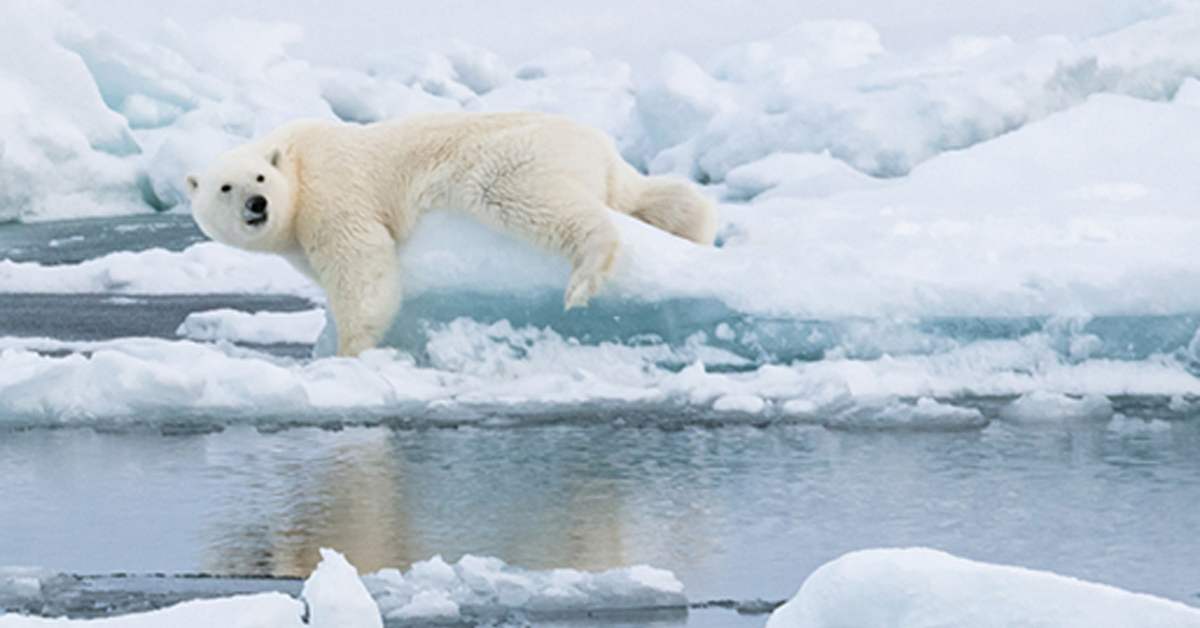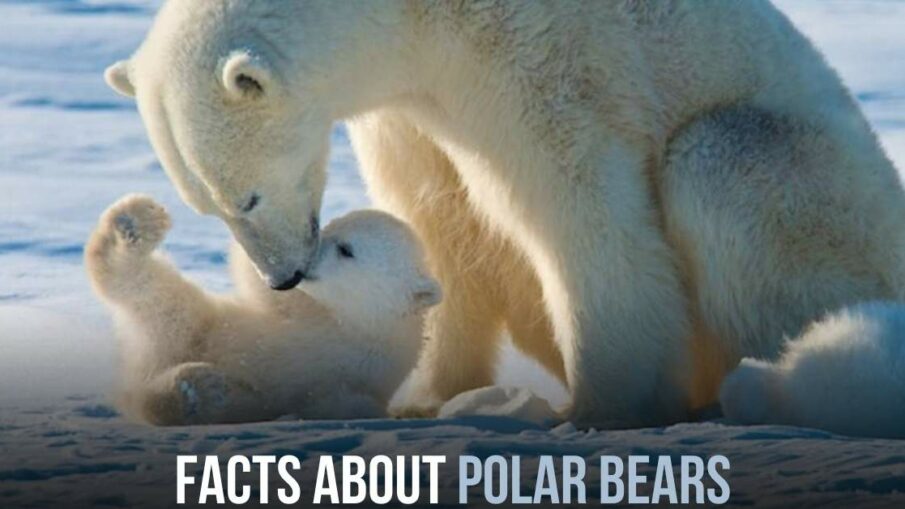Polar bears, those majestic giants of the frozen North, are among the most awe-inspiring creatures on our planet. With their snowy habitat and imposing presence, these incredible animals have captured the imaginations of people worldwide. In this blog post, we’ll delve into the remarkable world of polar bears and uncover ten fascinating facts that highlight their unique adaptations and the challenges they face.
1. Home in the Frozen Wilderness

Polar bears call the icy expanses of the Arctic home. You can find them in regions spanning Canada, Alaska (US), Greenland, Russia, and Norway. Their habitat is a stark and unforgiving landscape characterized by freezing temperatures and vast stretches of snow and ice.
2. Giants of the North
When we say polar bears are big, we mean it! Adult polar bears can reach lengths exceeding 2.5 meters and tip the scales at around 680 kilograms. This impressive size makes them Earth’s largest living carnivores, dominating their Arctic realm.
3. Masterfully Adapted for Survival
Surviving in one of the harshest environments on Earth requires some serious adaptations. Polar bears boast a thick fur coat and a layer of blubber that insulates them from the frigid air and near-freezing waters. Beneath that snowy exterior, their skin is black, aiding in the absorption of the Sun’s rays to keep them warm.
4. The Nose Knows
Polar bears possess an extraordinary sense of smell, which they employ to locate their favorite meal – seals. Their olfactory abilities are so remarkable that they can detect prey from distances of up to 16 kilometers, a skill crucial for their survival in the Arctic wilderness.
5. Aquatic Aces
Despite their massive build, polar bears are exceptional swimmers. They’ve been spotted swimming in waters more than 100 kilometers offshore. Using their slightly webbed paws like paddles, they can gracefully glide through the icy waters at speeds of around 10 kilometers per hour.
6. Ice: Their Hunting Ground
While polar bears are proficient swimmers, they primarily rely on sea ice as a hunting platform. They patiently wait near seal breathing holes or at the ice’s edge, ready to pounce when a seal surfaces. It’s a high-stakes game of patience and precision.
7. The Art of Camouflage
Polar bears’ fur isn’t actually white; it’s transparent with a hollow core that reflects light. This unique adaptation helps them blend seamlessly with their snowy surroundings, an essential advantage when stalking elusive seals.
8. Birth in a Winter Wonderland
Female polar bears give birth to their adorable cubs in snow dens, typically in November or December. These dens provide a safe haven from the harsh Arctic environment. At birth, polar bear cubs are incredibly tiny, measuring just around 30 centimeters in length and weighing about as much as a guinea pig.
9. Family Bonding in the Arctic
After four to five months in the den, the polar bear family emerges. The cubs stay with their mother for approximately two years, during which they learn essential skills for survival in the unforgiving Arctic wilderness.
10. A Vulnerable Species
One sobering fact is that polar bears are classified as “vulnerable.” The greatest threat they face is climate change. Rising global temperatures lead to the early melting and late formation of sea ice, reducing the time polar bears have to hunt for food. The good news is that we can all play a part in helping these incredible animals by following conservation tips to combat climate change.
In conclusion, polar bears are magnificent creatures uniquely adapted to their harsh Arctic habitat. Their survival is a testament to nature’s incredible resilience, but they face significant challenges due to the changing climate. By understanding and appreciating these remarkable animals, we can work towards their conservation and ensure that they continue to roam the icy wilderness of the North for generations to come.


Leave a Reply